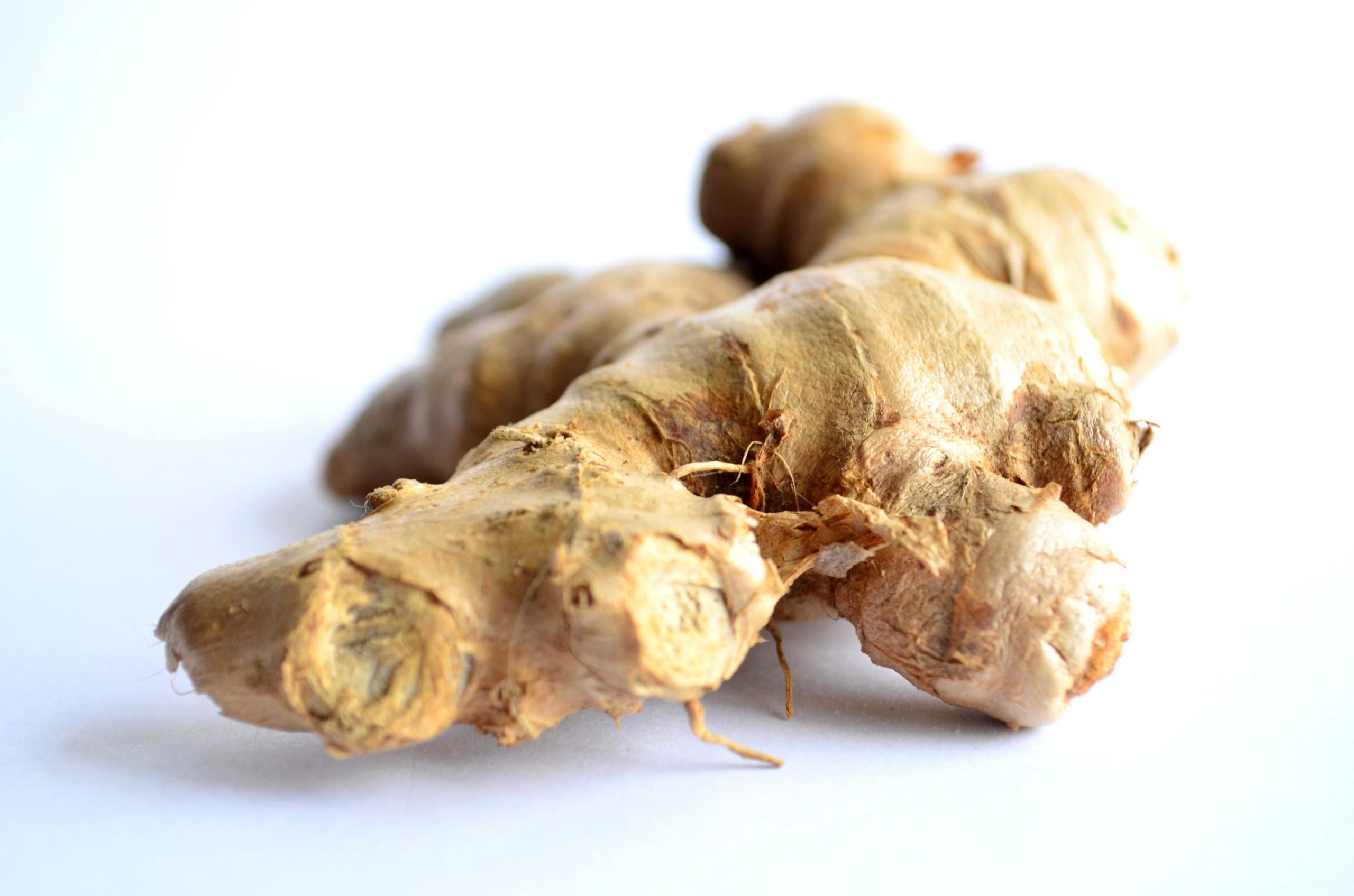
Introduction: 🌿✨ Cumin seeds, a popular spice known for their distinct aroma and flavor, have gained attention for their potential benefits in weight loss. While cumin seeds are commonly used in culinary preparations, their impact on weight management has been a subject of interest. In this blog post, we will explore the potential of cumin seeds for weight loss, examining their nutritional profile, active compounds, and how they can be incorporated into your diet to support your weight management goals. Let’s uncover the power of cumin seeds and how they may contribute to your weight loss journey.
Understanding Cumin Seeds: 🌿 Cumin seeds, scientifically known as Cuminum cyminum, are small, oval-shaped seeds with a warm, nutty flavor. They are widely used in various cuisines and traditional medicinal practices. Cumin seeds are rich in antioxidants, essential oils, and other bioactive compounds that contribute to their potential health benefits.
Nutritional Composition of Cumin Seeds: 🌿 Cumin seeds are low in calories but pack a punch in terms of nutritional value. Here is the approximate nutritional composition of cumin seeds per 100 grams:
- Calories: 375
- Carbohydrates: 44.24 grams
- Protein: 17.8 grams
- Fat: 22.27 grams
- Fiber: 10.5 grams
- Calcium: 931 milligrams
- Iron: 66.36 milligrams
- Magnesium: 366 milligrams
- Potassium: 1788 milligrams
Potential Benefits of Cumin Seeds for Weight Loss: 🌿 Cumin seeds offer several potential mechanisms that may support weight loss efforts. While more research is needed, the following benefits have been observed:
- Metabolism Boosting: 🌿 Cumin seeds may stimulate metabolism and enhance fat burning processes in the body. Some studies suggest that the compounds found in cumin seeds can increase the activity of enzymes involved in digestion and nutrient absorption, potentially supporting the breakdown of fats and carbohydrates.
- Appetite Regulation: 🌿 Cumin seeds have been associated with appetite-suppressing effects. The aroma and compounds present in cumin seeds may help reduce hunger and cravings, leading to reduced calorie intake and improved portion control.
- Digestive Support: 🌿 Cumin seeds possess digestive properties that can promote healthy digestion and prevent bloating and indigestion. A well-functioning digestive system is crucial for effective weight management and nutrient absorption.
- Anti-Inflammatory Effects: 🌿 Chronic inflammation has been linked to weight gain and obesity. Cumin seeds contain antioxidants and anti-inflammatory compounds that may help reduce inflammation in the body, potentially supporting weight loss efforts.
Incorporating Cumin Seeds into Your Weight Loss Diet: 🌿 There are various ways to include cumin seeds in your diet to harness their potential benefits for weight loss. Here are some ideas:
- Spice Up Your Meals: 🌿 Add whole cumin seeds or ground cumin to your cooking. Toasting the seeds in a dry pan before grinding can enhance their flavor. Incorporate cumin seeds in soups, stews, curries, roasted vegetables, or even homemade spice blends for an extra burst of flavor and potential weight loss support.
- Cumin Water: 🌿 Prepare cumin water by soaking 1-2 teaspoons of cumin seeds in a glass of water overnight. Strain the water and drink it in the morning on an empty stomach. This simple and refreshing beverage can potentially aid digestion and support weight management.
- Cumin Tea: 🌿 Brew cumin seeds in hot water to create a flavorful tea. Add a dash of lemon juice or honey for added taste. Sip on this tea throughout the day to enjoy the potential benefits of cumin seeds while staying hydrated.
- Seasoning for Salads: 🌿 Sprinkle ground cumin over your salads for a unique and aromatic flavor. Combine it with olive oil, lemon juice, and your choice of herbs to create a tasty and potentially weight-loss-friendly dressing.
Precautions and Considerations: 🌿 While cumin seeds are generally safe for most people when consumed in moderate amounts, it’s important to keep the following points in mind:
- Allergies and Sensitivities: Some individuals may be allergic or sensitive to cumin seeds. If you experience any adverse reactions, discontinue use and consult with a healthcare professional.
- Individual Responses: The effects of cumin seeds on weight loss can vary among individuals. Listen to your body and pay attention to how cumin seeds make you feel. If you have any underlying health conditions, consult with a healthcare professional for personalized advice.
Conclusion: 🌿✨ Cumin seeds, with their distinctive flavor and potential health benefits, can be a valuable addition to a weight loss diet. Their metabolism-boosting properties, appetite-regulating effects, and potential anti-inflammatory benefits make them an intriguing option for individuals looking to manage their weight. By incorporating cumin seeds into your meals, beverages, and snacks, you can enjoy their unique flavor while potentially supporting your weight loss journey. Remember to embrace a holistic approach to weight management by combining cumin seeds with a balanced diet, regular physical activity, and other healthy lifestyle practices.










